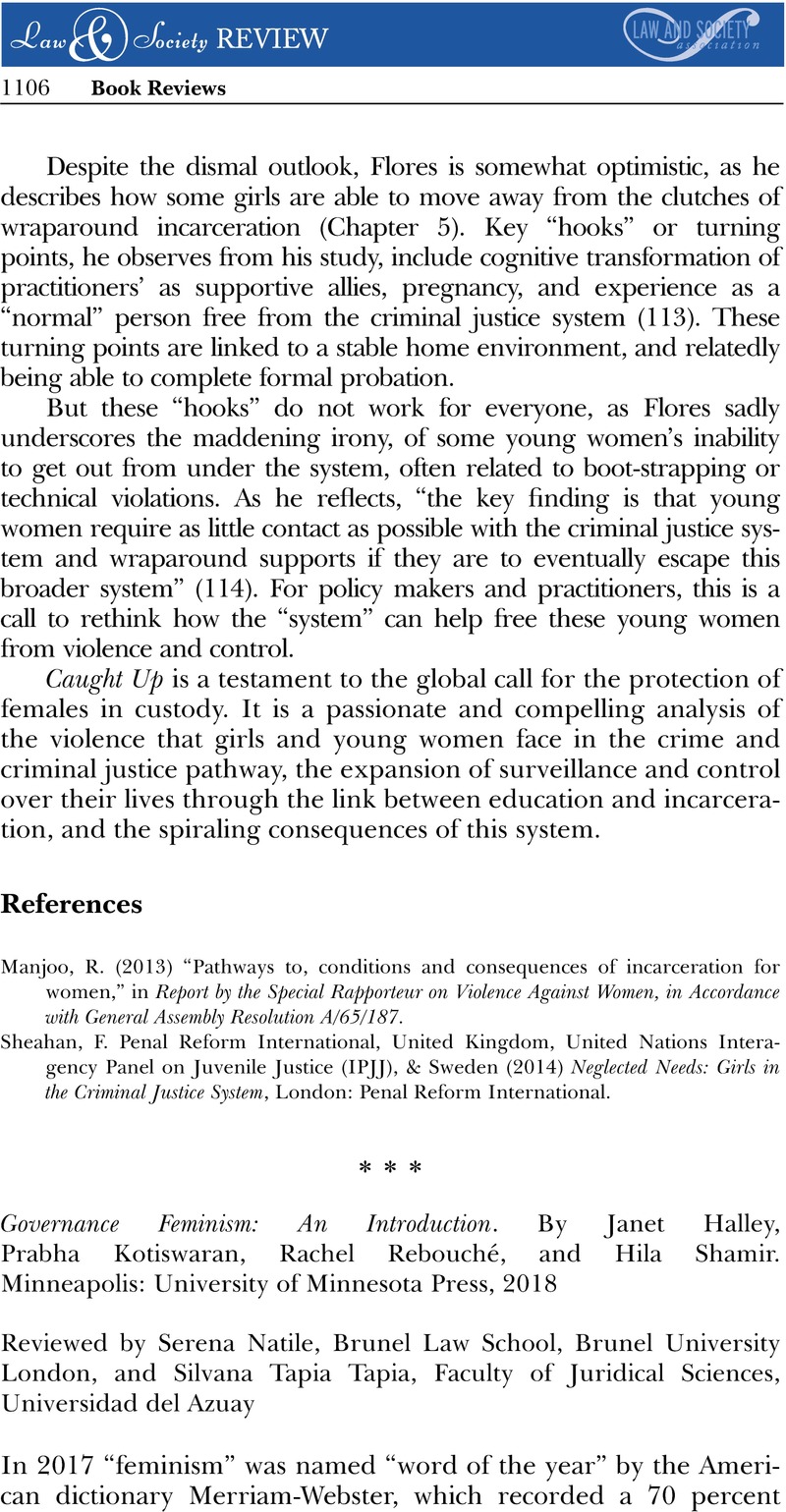Crossref Citations
This article has been cited by the following publications. This list is generated based on data provided by Crossref.
Porter, Antonia
2020.
Prosecuting Domestic Abuse in Neoliberal Times.
p.
1.
Kandolo, Ka Muzombo
and
Ngibe, Musawenkosi
2024.
Exploring financial knowledge influences on the economic empowerment of women entrepreneurs in Kwazulu-Natal, South Africa.
International Journal of Research in Business and Social Science (2147- 4478),
Vol. 13,
Issue. 8,
p.
212.



